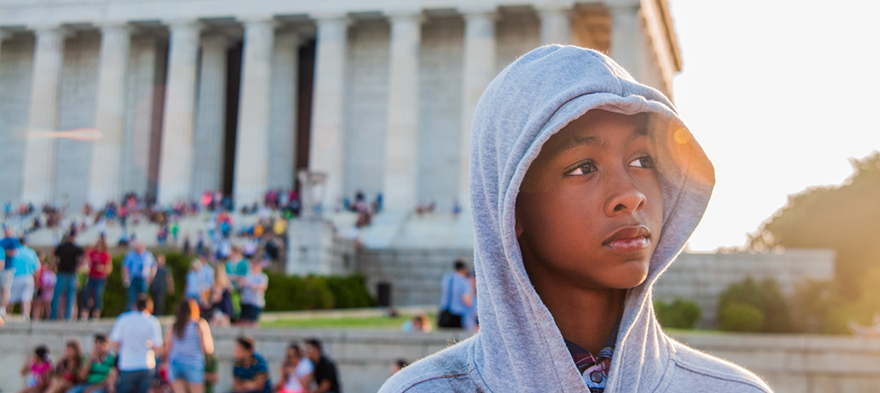
Jennifer Buffett is co-president of the NoVo Foundation, which she created with her husband Peter in 2006. As part of its mission to build a more just and balanced world, NoVo supports the deepening of social and emotional learning in classrooms across the country.
The fight for educational equity has never been just about schools. The real North Star for this work is providing opportunities for each child to thrive into adulthood. This means that our advocacy...
Your donation will support the work we do at brightbeam to shine a light on the voices who challenge decision makers to provide the learning opportunities all children need to thrive.
Ed Post is the flagship website platform of brightbeam, a 501(c3) network of education activists and influencers demanding a better education and a brighter future for every child.
© 2020–2024 brightbeam. All rights reserved.